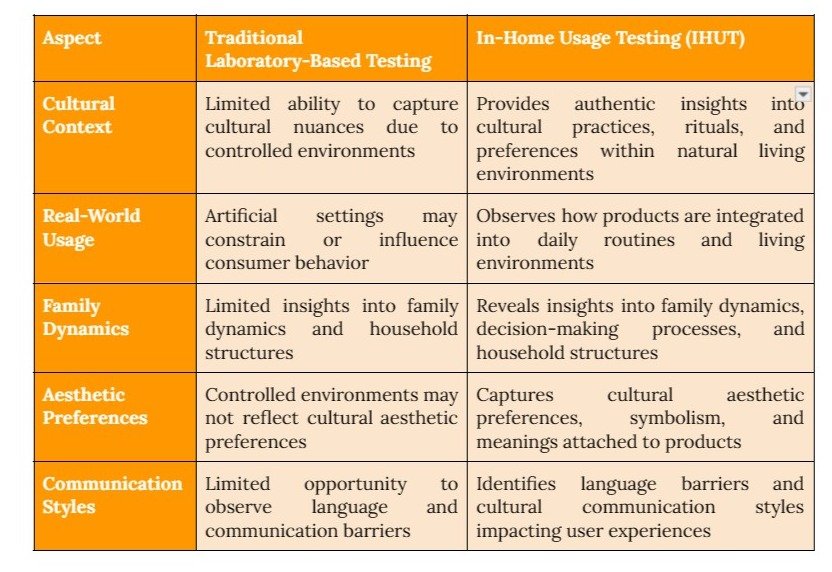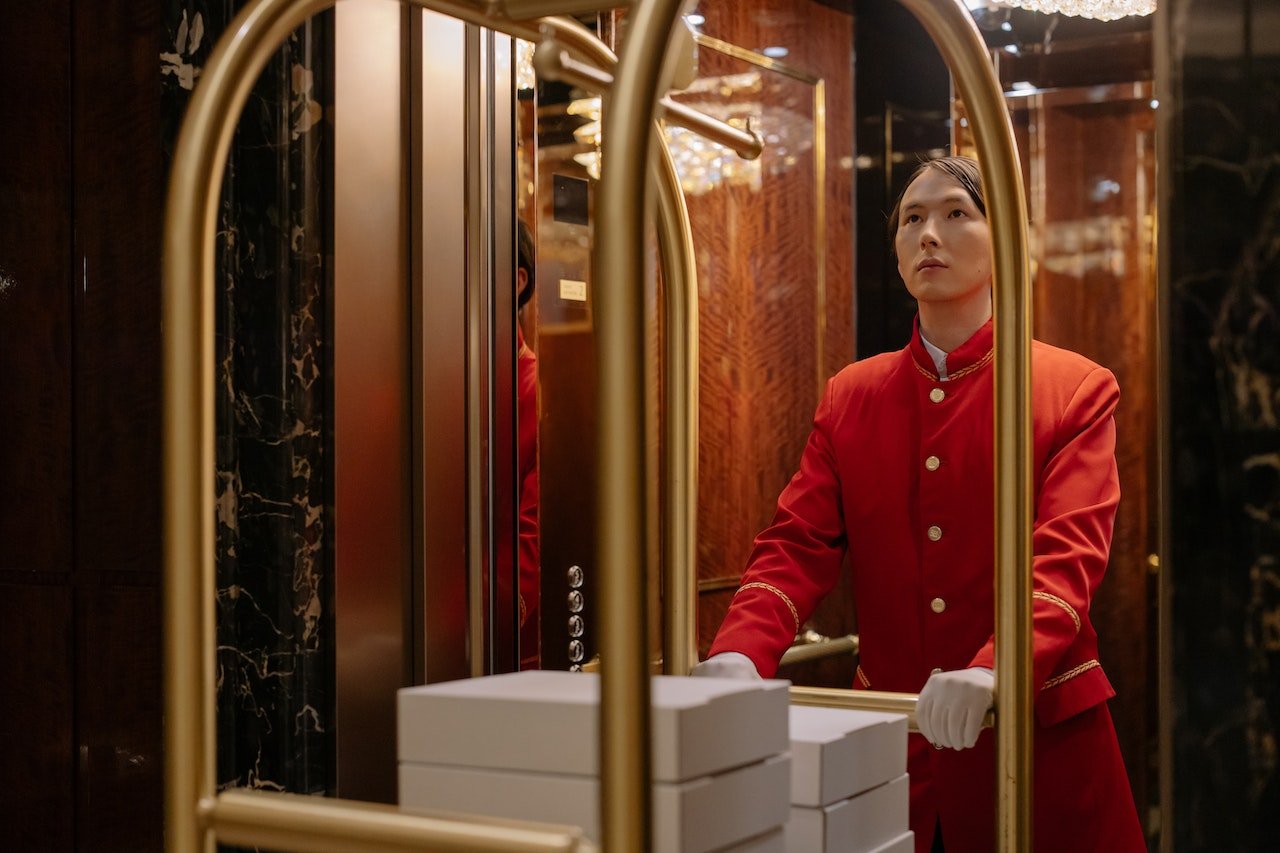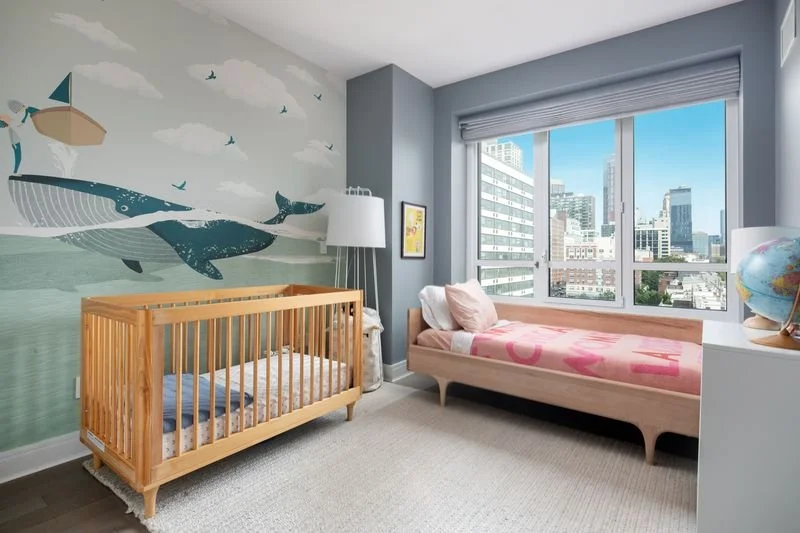Exploring Cultural Diversity in Consumer Product Testing
In today's diverse and globalized marketplace, understanding and catering to the unique needs and preferences of consumers across various cultural backgrounds are critical factors for business success. As companies strive to reach and resonate with diverse consumer segments, embracing cultural diversity in consumer product testing becomes increasingly important. One powerful approach to achieve this is through in-home usage testing (IHUT) or IHUT studies, which provide authentic insights into how products are used and perceived within the natural environments and cultural contexts of real consumers.
What is In-Home Usage Testing (IHUT)?
In-home usage testing (IHUT) is a research methodology that involves placing products or prototypes in the hands of real consumers within their natural environments. By observing and gathering feedback from participants as they interact with the product daily, researchers can gain valuable insights into user experiences, product acceptance, and cultural nuances that may influence consumer behavior.
IHUT studies are valuable in the realm of consumer product testing because they provide a realistic and authentic representation of how products are used in real-world settings. Unlike laboratory-based testing, which may artificially constrain or influence consumer behavior, IHUT allows researchers to observe how products are integrated into daily routines, cultural practices, and diverse living environments.
The Role of Culture in Consumer Behavior
Culture plays a pivotal role in shaping consumer behavior, preferences, and perceptions. From dietary habits and lifestyle choices to aesthetic preferences and symbolic meanings, cultural influences can significantly impact how consumers interact with and perceive products. By embracing cultural diversity in consumer product testing, companies can gain a deeper understanding of these nuances and tailor their offerings to meet the unique needs and expectations of diverse consumer segments.
Identifying Cultural Nuances Through IHUT
IHUT studies offer a powerful platform for identifying and understanding cultural nuances that may impact product acceptance and usage. By observing participants in their natural environments, researchers can gain insights into factors such as:
Cultural rituals and practices
Certain cultural practices or rituals may influence how products are used or perceived, requiring adaptations or considerations in product design and marketing. Religious customs, celebrations, or taboos can impact the way people interact with or perceive certain products. Companies may need to modify packaging, ingredients, or marketing campaigns to respect cultural sensitivities and ensure product acceptance.
Family dynamics and household structures
Different cultural backgrounds may have varying family dynamics and household structures, impacting product usage patterns and decision-making processes. In some cultures, multi-generational households or extended family involvement in purchasing decisions are common, necessitating product designs and marketing strategies that cater to these dynamics. Additionally, gender roles and power dynamics within families can influence product preferences and usage patterns.
Aesthetic preferences and symbolism
Cultural influences can shape aesthetic preferences, color associations, and symbolic meanings attached to products, affecting consumer appeal and acceptance. For instance, certain colors or symbols may be perceived as auspicious or taboo in different cultures, impacting product branding and design. Incorporating culturally relevant aesthetics and symbolism can enhance product resonance and appeal to target markets.
Language and communication styles
Language barriers and cultural communication styles can impact product instructions, user interfaces, and overall user experiences, highlighting the need for localization and culturally sensitive design. Differences in directness, context-dependency, and nonverbal cues can affect how product information is conveyed and interpreted. Providing multilingual support, adapting tone and style, and incorporating cultural nuances in communication can improve user comprehension and satisfaction.
By capturing these cultural nuances through IHUT studies, companies can make informed decisions about product development, marketing strategies, and customization to better resonate with diverse consumer segments.
Leveraging Cultural Insights for Product Success
Tailoring Products and Marketing Strategies
The insights gained from cultural diversity in consumer product testing can be leveraged to tailor products and marketing strategies to specific cultural segments. Companies can:
Adapt product features and functionality: Based on cultural preferences and usage patterns, products can be adapted or customized to better meet the needs of specific cultural groups.
Localize product messaging and branding: Marketing campaigns, product packaging, and branding elements can be localized to resonate with cultural values, symbols, and language preferences.
Develop culturally relevant marketing channels: Companies can identify and utilize culturally relevant marketing channels and influencers to effectively reach and engage with diverse consumer segments.
Foster cultural sensitivity and inclusivity: By embracing cultural diversity in product testing, companies can demonstrate cultural sensitivity and inclusivity, enhancing their brand reputation and building trust with diverse consumer bases.
Continuous Learning and Adaptation
As cultural landscapes evolve and consumer preferences shift, companies need to engage in consumer product testing and embrace cultural diversity continually. Regular IHUT studies can provide ongoing insights, enabling companies to adapt their products, marketing strategies, and overall business approaches to remain relevant and responsive to the ever-changing needs of diverse consumer markets.
Conclusion
In the dynamic and culturally diverse landscape of the global marketplace, embracing cultural diversity in consumer product testing is no longer an option but a necessity. By leveraging in-home usage testing (IHUT) or IHUT studies, companies can gain valuable insights into the unique needs, preferences, and cultural nuances of diverse consumer segments.
These insights can then be used to tailor products, marketing strategies, and overall business approaches, fostering inclusivity, cultural sensitivity, and ultimately, product success. As the world continues to become more interconnected, companies that prioritize cultural diversity in their consumer product testing efforts will be better positioned to navigate the complexities of diverse consumer markets and establish long-lasting relationships with their customers.
Key Takeaways
Embracing cultural diversity in consumer product testing is crucial for understanding and catering to the unique needs and preferences of diverse consumer segments.
In-home usage testing (IHUT) provides authentic insights into how products are used and perceived within the natural environments and cultural contexts of real consumers.
Cultural factors such as rituals, family dynamics, aesthetic preferences, and language can significantly impact product acceptance and usage patterns.
Companies can leverage cultural insights from IHUT to tailor products, marketing strategies, and overall offerings to resonate with diverse consumer bases.
Continuous IHUT studies and embracing cultural diversity are essential for companies to adapt and remain relevant in an ever-changing global marketplace.
Frequently Asked Questions
1. How does cultural diversity impact consumer behavior?
Culture plays a significant role in shaping consumer behavior, preferences, and perceptions. Factors such as dietary habits, lifestyle choices, aesthetic preferences, and symbolic meanings can influence how consumers interact with and perceive products.
2. Why is continuous cultural diversity testing important?
Cultural landscapes and consumer preferences are constantly evolving. Continuous IHUT studies enable companies to adapt their products, marketing strategies, and business approaches to remain relevant and responsive to the ever-changing needs of diverse consumer markets.
3. What cultural nuances can be identified through IHUT?
IHUT studies can reveal insights into cultural rituals and practices, family dynamics and household structures, aesthetic preferences and symbolism, as well as language and communication styles that impact product usage and acceptance.
4. How can companies leverage cultural insights from IHUT?
Companies can use cultural insights from IHUT to tailor product features and functionality, localize product messaging and branding, develop culturally relevant marketing channels, and foster cultural sensitivity and inclusivity.







